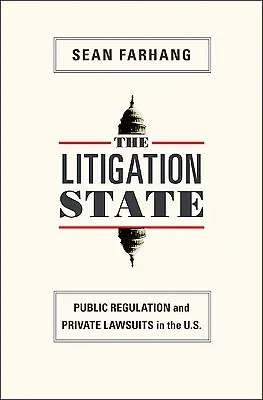Sean Farhang
(Author)The Litigation State: Public Regulation and Private Lawsuits in the U.S.Paperback, 22 August 2010

Qty
1
Turbo
Ships in 2 - 3 days
In Stock
Free Delivery
Cash on Delivery
15 Days
Free Returns
Secure Checkout

Part of Series
Princeton Studies in American Politics: Historical, Internat
Part of Series
Princeton Studies in American Politics: Historical, International, and Comparative P... (Paperback)
Print Length
320 pages
Language
English
Publisher
Princeton University Press
Date Published
22 Aug 2010
ISBN-10
069114382X
ISBN-13
9780691143828
Description
Product Details
Author:
Book Format:
Paperback
Country of Origin:
US
Date Published:
22 August 2010
Dimensions:
23.11 x
15.24 x
2.03 cm
Genre:
Law Studies
ISBN-10:
069114382X
ISBN-13:
9780691143828
Language:
English
Location:
Princeton
Pages:
320
Publisher:
Series:
Weight:
453.59 gm